This well-preserved man died 2300 years ago- Mystery Of The Grauballe Man
When the Grauballe Man's body was discovered by accidentally, it was so well-preserved that it was originally thought that he had been dead for only 65 years, not two millennia.
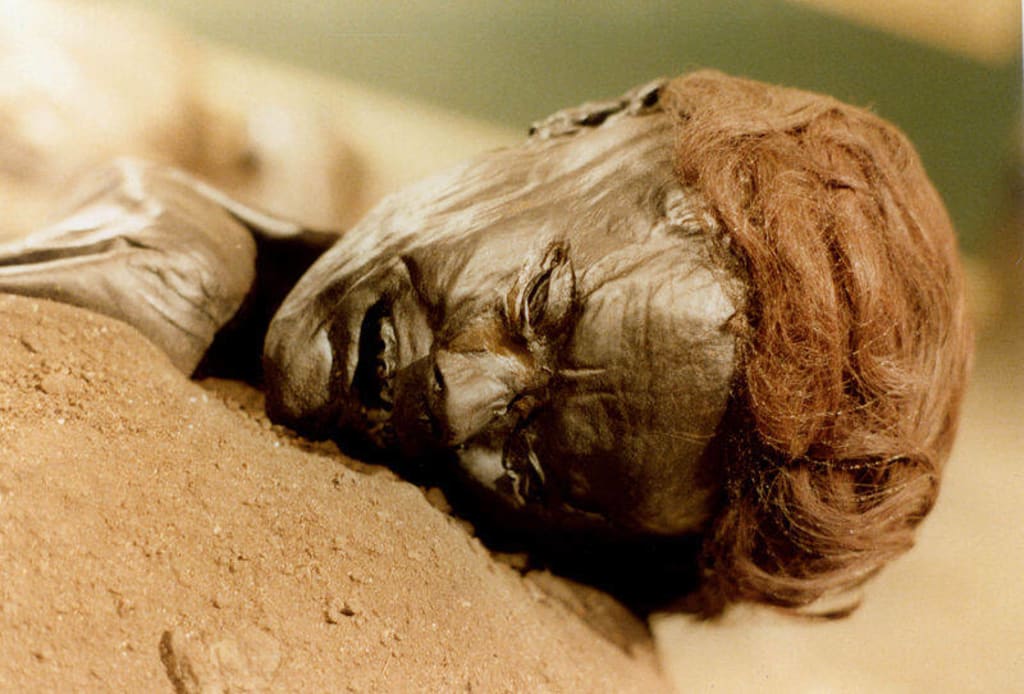
On April 26, 1952, a crew of Danish peat cutters was burrowing through the bog of Nebelgard Fern near the Danish village of Grauballe. They were suddenly presented with the gruesome sight of a corpse.
The fact that the man still had a full head of hair and a preserved grimace of agony led them to conclude that he had died quite recently.
They believed that this 65-year-old corpse belonged to Red Christian, a local drinker and peat cutter who vanished in 1887. It was assumed he consumed too much alcohol, slipped into the bog, and perished there, where he remained undiscovered for decades.
They were unaware that the corpse they were examining was possibly that of a murder victim who was actually 2,300 years old.
Unearthing The Grauball Man
Upon the discovery of the Grauballe Man, the town people contacted amateur archaeologist Ulrik Balssev and the village physician.
People had certainly fallen intoxicated into bogs and drowned in the past, such as the two unfortunate individuals discovered in bogs in Cheshire, England.
Two things were evident after a brief examination of this specific victim, however: he was naked and appeared to be in obvious suffering at the time of his death.
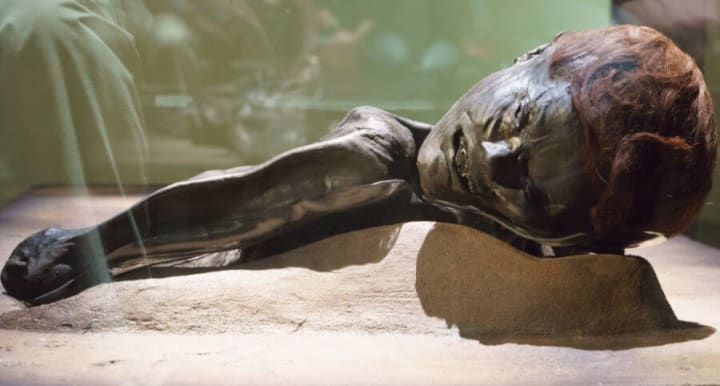
Due to their lack of expertise in the necessary fields, the citizens of Aarhus contacted experts at the Aarhus Museum of Prehistory for assistance.
The following morning, professor Peter Glob arrived in the area to perform a more comprehensive examination of the unusual body.
After witnessing a team of peat cutters painstakingly remove a substantial portion of peat from the remains, Glob carried it to the museum for a more thorough inspection.
The Grauballe Man was discovered naked and without any belongings. The team at Glob deduced that the man was approximately 30 years old at the time of his death, stood approximately five feet and seven inches tall, and had a full head of red hair approximately two inches in length.
It was assumed that this was not the man's natural hair color and that the chemical composition of the bog had altered its look over time, despite its dazzling brightness.
The deceased had a small amount of facial hair on the chin, and his soft hands and fingers suggested that he did not perform manual labor.
The most stunning conclusion, however, had little to do with what he did throughout his lifetime or his age at death.
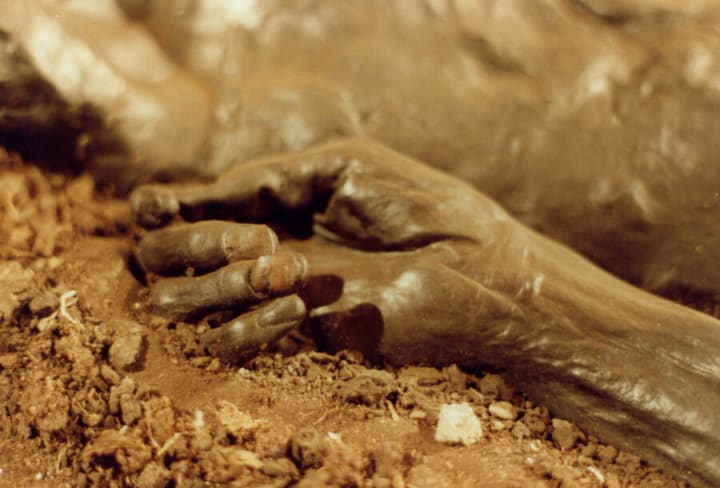
Radiocarbon dating showed that he died in the late Iron Age, between 310 and 55 B.C., putting him as old as 2,300 years old.
A Further Investigation Of The Bog Body
The Grauballe Man is just one of the numerous mummified bodies discovered in the peat bogs of Northern Europe.
The Grauballe Man is a member of the group of corpses known as "bog people" or "bog bodies." These individuals are remarkably well-preserved in their respective burial sites.
Due to the low oxygen levels in these very acidic environments, organic matter can be preserved for millennia.
To better preserve the Grauballe Man once he was retrieved from the bog, he was "tanned," or essentially transformed into leather and packed with bark.
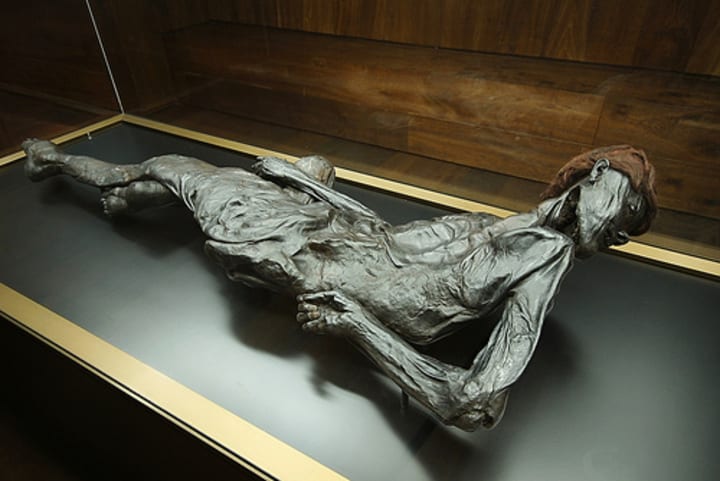
The man's entire body was scanned using an electron microscope for hints. The contents of his gut provided additional information into his ancient life and peculiar demise.
The man's last meal was porridge with over 60 plants and grasses; he was missing four lumbar vertebrae, had a cracked cranium, and a shattered right tibia.
Researchers concluded that the herbs and berries were not fresh, which suggests that the individual died during the off-season months of winter or early spring. The stomach contents of the Grauballe Man contained evidence of the deadly fungus ergot.
With so many damage to the man's body, including his slashed throat, scientists first believed that the Grauballe Man had been brutally assaulted before he was killed.
Later, it was determined that the man's external injuries were actually caused by pressure of the townspeople who recovered him from the bog.
Theories And Subsequent Exhibit
How exactly the Grauballe Man died remains unknown to this day, however there are two major explanations that both include foul play.
The first theory suggests that the Grauballe Man was a criminal who was apprehended and executed for his crimes.
Tacitus, a contemporary Roman historian, did write that the tribes of Northern Europe enforced exceedingly stringent laws and frequently executed lawbreakers. Therefore, the corpse's smooth hands may indicate that he did not work for his meals or anything else.
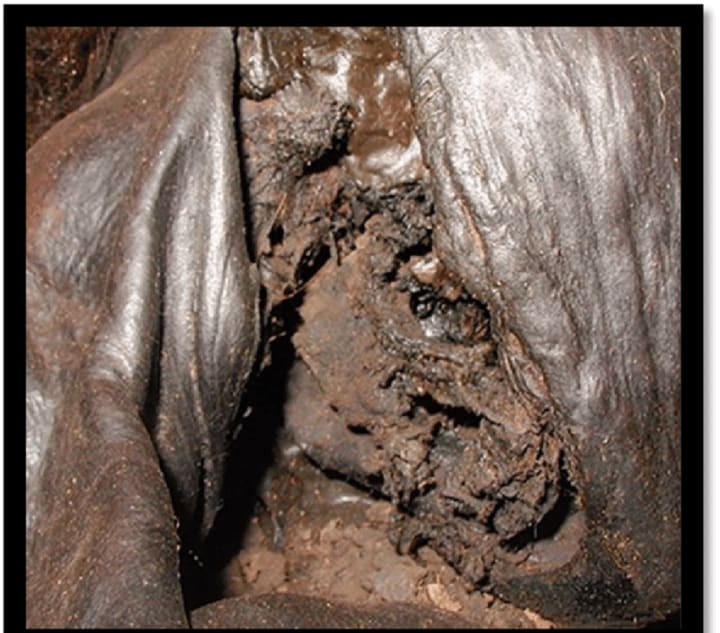
According to the second theory, the man was sacrificed. According to this belief, the man's smooth hands indicate that he was always meant to be the victim of ritualized murder.
In fact, Tacitus had previously written that Europeans revered Mother Nature and that "when she leaves these tribes in the spring, a few individuals are sacrificed."
The discovery of ergot fungus in the Grauballe Man's stomach also lends weight to the second explanation. LSD was originally manufactured from fungi, and hallucinogenic chemicals like these are known to have been utilized in religious and ritual events by various ancient cultures.
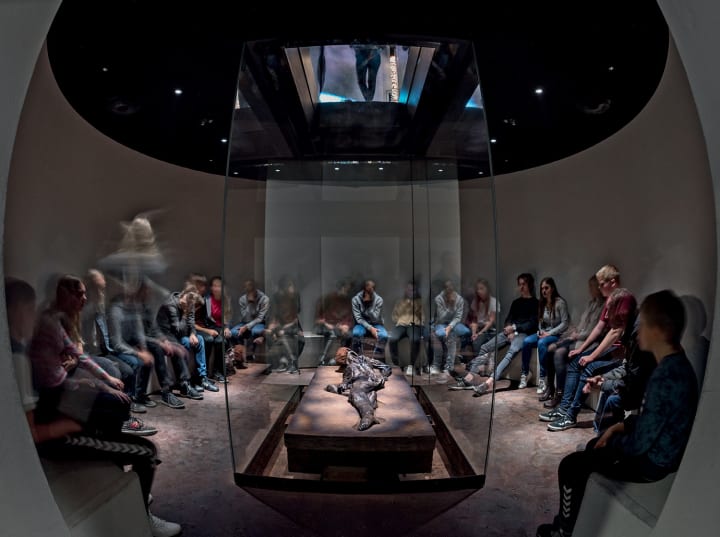
Perhaps, as some have theorized, the Grauballe Man was sacrificed by locals who, believing their town was afflicted by an evil spirit, threw him into the bog as an act of worship.
The Grauballe Man can be viewed in its entirety at the Moesgaard Museum near Aarhus, Denmark, where people speculate frequently about his death.
About the Creator
Rare Stories
Our goal is to give you stories that will have you hooked.
This is an extension of the Quora space: Rare Stories
X(formerly Twitter): Scarce Stories
Official Bookstore: davidkellertruecrime
Writers:
....xoxo
Enjoyed the story? Support the Creator.
Subscribe for free to receive all their stories in your feed. You could also pledge your support or give them a one-off tip, letting them know you appreciate their work.


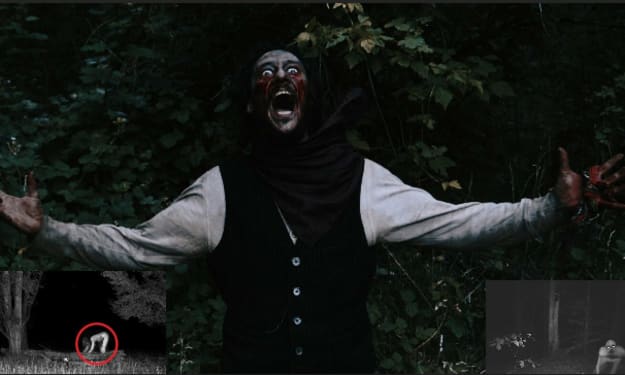



Comments
There are no comments for this story
Be the first to respond and start the conversation.